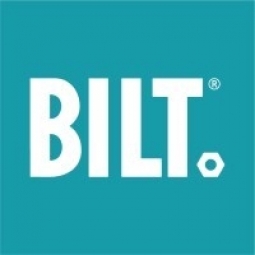技术
- 传感器 - 全球定位系统
适用行业
- 教育
- 包装
适用功能
- 物流运输
- 产品研发
用例
- 室内定位系统
- 虚拟原型与产品测试
服务
- 系统集成
- 培训
关于客户
Springfree Trampoline 是一个在该行业已有超过 15 年历史的优质品牌。他们以其专利设计而闻名,通过移除跳跃层的弹簧和钢架,消除了 90% 的蹦床产品相关伤害。该公司致力于提供尽可能最佳的客户体验,让家庭能够外出、活跃、保持安全并创造回忆。他们的蹦床通常是在特殊场合购买的,因此对于客户来说,最大限度地减少组装和安装时间非常重要。该公司还提供白手套安装服务,但许多客户更喜欢自己组装蹦床。
挑战
Springfree Trampoline 是一个以制造世界上最安全的蹦床而闻名的优质品牌,它发现了一个改善客户设置体验的机会。尽管有白手套安装服务,但许多客户更喜欢自己组装蹦床,这种趋势在大流行期间有所增加。组装过程通常很简单,但涉及将垫杆连接到框架和跳垫的步骤被证明具有挑战性。正确的身体定位和重量分布对于正确组装至关重要,需要两个人协同工作。该公司希望以一种易于理解的方式传达这些步骤。此外,Springfree 需要为其专业安装人员提供清晰详细的说明。面临的挑战是如何使装配体验与他们的优质产品相协调。
解决方案
为了应对装配挑战,Springfree 与 BILT 合作以增强装配体验。 BILT 指令设计人员与 Springfree 工程师合作开发人形机器人,在垫杆步骤中向安装人员展示正确的物理定位和重量分布。 BILT 应用程序提供 3D 动画说明、语音和文本引导说明、图像旋转和缩放功能以及轻松的即时重播。它还提供了附加信息,例如警告、注意事项、所需工具、包含的零件和保修信息。该应用程序使客户能够比纸质手册或教学视频更快地完成组装任务。为了最大限度地发挥使用 BILT 应用程序的优势,Springfree 通过数字资产、包装、购买后电子邮件和纸质说明上的标注来传达其优势。
运营影响
数量效益

Case Study missing?
Start adding your own!
Register with your work email and create a new case study profile for your business.
相关案例.
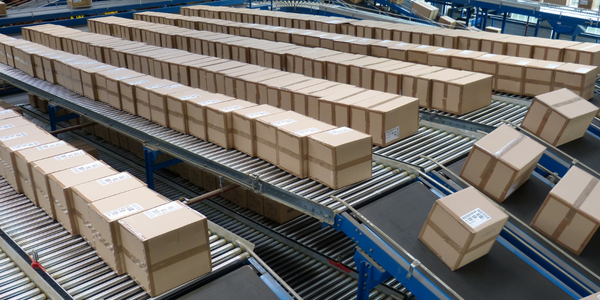
Case Study
IoT Data Analytics Case Study - Packaging Films Manufacturer
The company manufactures packaging films on made to order or configure to order basis. Every order has a different set of requirements from the product characteristics perspective and hence requires machine’s settings to be adjusted accordingly. If the film quality does not meet the required standards, the degraded quality impacts customer delivery causes customer dissatisfaction and results in lower margins. The biggest challenge was to identify the real root cause and devise a remedy for that.
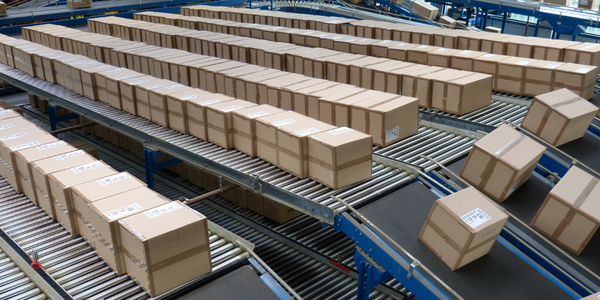
Case Study
Zenon the Ideal Basis for An Ergonomic HMI
KHS develops and produces machines and equipment for filling and packaging in the drinks industry. Because drinks manufacturing, filling and packaging consist of a number of highly complex processes, the user-friendly and intuitive operation of equipment is increasingly gaining in significance. In order to design these processes as simple as possible for the user, KHS decided to introduce a uniform, transparent and standardized solution to the company. The HMI interface should meet the requirement for people with different qualifications and enable them to work on a standard platform.
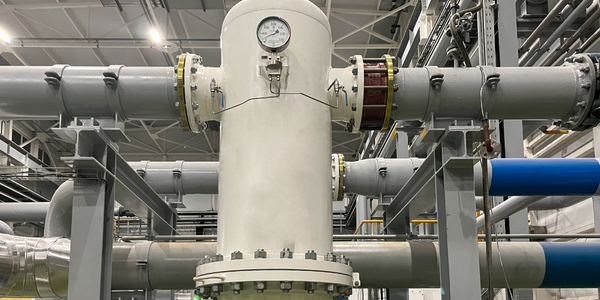
Case Study
Sparks Dynamics Assists Atlas Container Secure a $15,000 BGE Energy Rebate
The ReMASTER Compressed Air Monitoring system was installed in 2015. This system is capable of monitoring compressed air system parameters on a continuous basis and transferring that information to a cloud server which can be accessed by Atlas Container personnel, Industrial Diagnostics and Sparks Dynamics. This information was collected into a database which can be exported to an Excel spreadsheet or displayed graphically using Sparks Dynamics ViewMaster Software. The average annual compressed air electricity expense was estimated to be approximately $116,000. This is based on an incremental $/KWh electric rate of $.091 per KWh and an estimated compressed air energy consumption of 1,279,200 KWH. The implementation phase of Energy Conservation Measures (ECMs) for the Compressed Air System included: • Identification and repair of compressed air leaks • Understanding of compressed air usage per manufacturing machine and installation of shut off valves when the machines are no longer in production mode • Identification of misapplications of compressed air to include blow offs, venturis, and cooling scenarios • Understand system pressure requirements and potential installation of point of use pressure regulation.
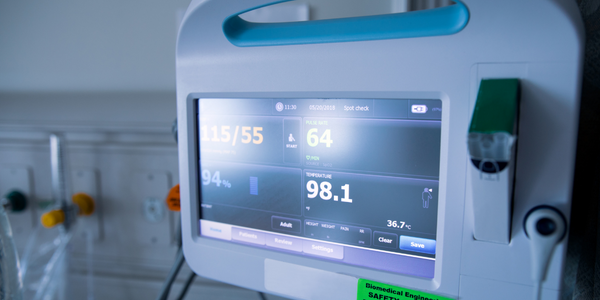
Case Study
Mondi Implements Statistics-Based Health Monitoring and Predictive Maintenance
The extrusion and other machines at Mondi’s plant are large and complex, measuring up to 50 meters long and 15 meters high. Each machine is controlled by up to five programmable logic controllers (PLCs), which log temperature, pressure, velocity, and other performance parameters from the machine’s sensors. Each machine records 300–400 parameter values every minute, generating 7 gigabytes of data daily.Mondi faced several challenges in using this data for predictive maintenance. First, the plant personnel had limited experience with statistical analysis and machine learning. They needed to evaluate a variety of machine learning approaches to identify which produced the most accurate results for their data. They also needed to develop an application that presented the results clearly and immediately to machine operators. Lastly, they needed to package this application for continuous use in a production environment.

Case Study
Automated Pallet Labeling Solution for SPR Packaging
SPR Packaging, an American supplier of packaging solutions, was in search of an automated pallet labeling solution that could meet their immediate and future needs. They aimed to equip their lines with automatic printer applicators, but also required a solution that could interface with their accounting software. The challenge was to find a system that could read a 2D code on pallets at the stretch wrapper, track the pallet, and flag any pallets with unread barcodes for inspection. The pallets could be single or double stacked, and the system needed to be able to differentiate between the two. SPR Packaging sought a system integrator with extensive experience in advanced printing and tracking solutions to provide a complete traceability system.
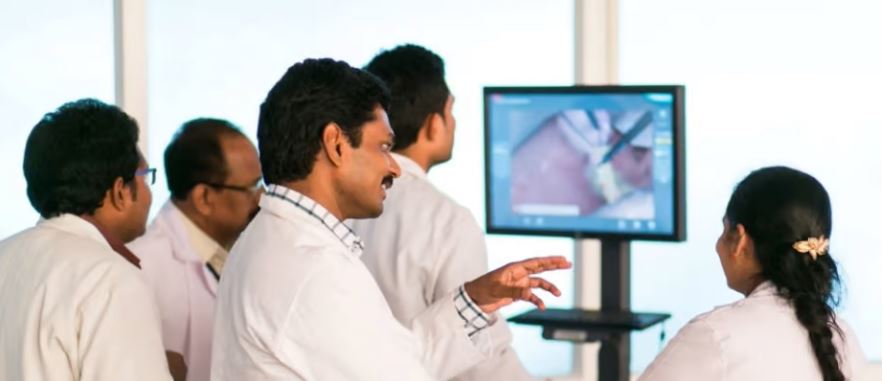
Case Study
Revolutionizing Medical Training in India: GSL Smart Lab and the LAP Mentor
The GSL SMART Lab, a collective effort of the GSL College of Medicine and the GSL College of Nursing and Health Science, was facing a challenge in providing superior training to healthcare professionals. As clinical medicine was becoming more focused on patient safety and quality of care, the need for medical simulation to bridge the educational gap between the classroom and the clinical environment was becoming increasingly apparent. Dr. Sandeep Ganni, the director of the GSL SMART Lab, envisioned a world-class surgical and medical training center where physicians and healthcare professionals could learn skills through simulation training. He was looking for different simulators for different specialties to provide both basic and advanced simulation training. For laparoscopic surgery, he was interested in a high fidelity simulator that could provide basic surgical and suturing skills training for international accreditation as well as specific hands-on training in complex laparoscopic procedures for practicing physicians in India.




